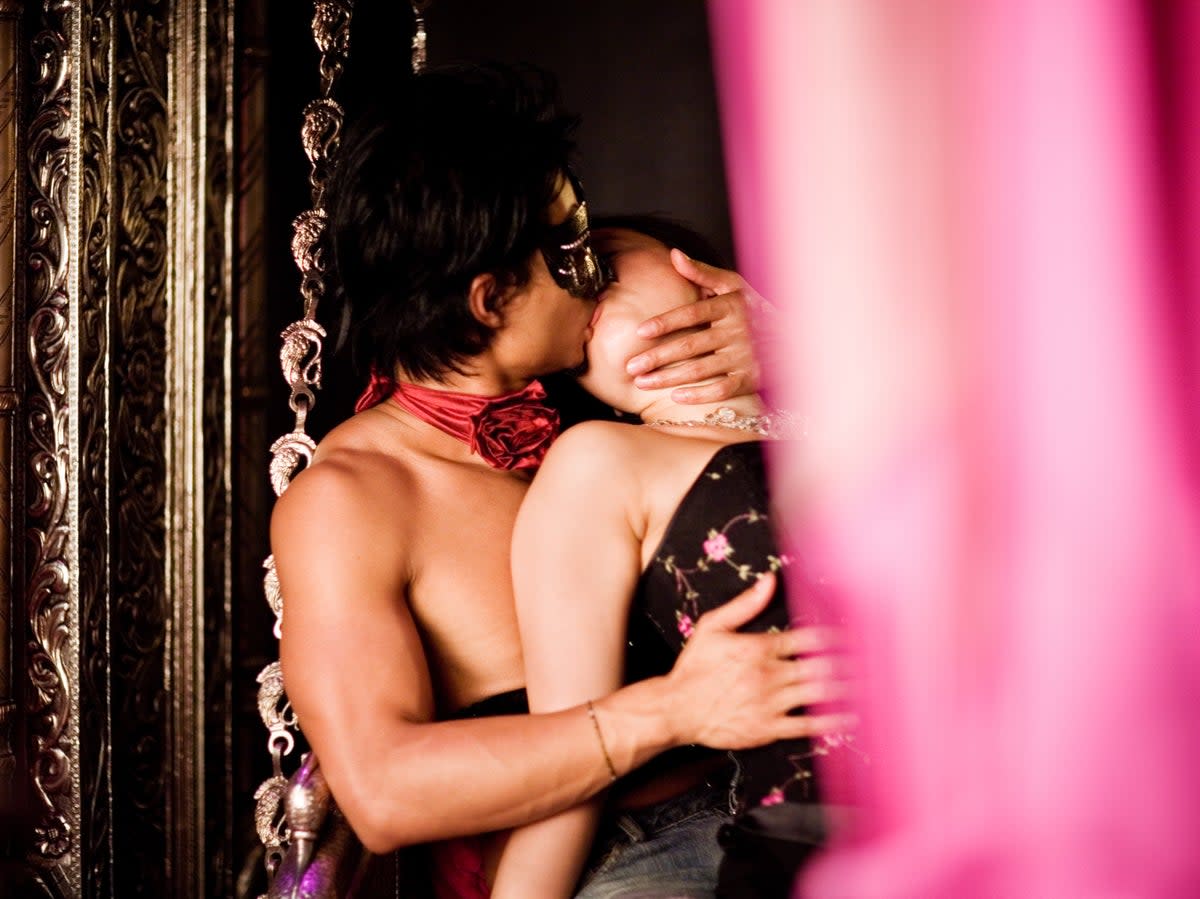Voices: Why shouldn’t public money be spent on art shows featuring ‘real sex’?

The problem with talking about art is that nobody can really agree on what it is. For one person, their definition begins and ends at the old masters – a painting of some fruit, or some dead guy, where the “value” of the piece is based on its technical execution.
Others are a little more avant garde – they see the value in a Pollock or a Rothko, and appreciate that a piece doesn’t have to be strictly figurative to be beautiful or meaningful.
When it comes to art, most people, though, whether they realise it or not, have a “line”. Even the most open-minded connoisseur will eventually find themselves looking at or hearing about a piece that makes them stop and say: “Okay, that’s my limit – there’s no way that counts as art.” And when that happens, we should sit up and pay attention – because, like them or not, those are the pieces that really matter.
Creative Scotland, the Scottish arts funding body, found itself grappling with exactly this sort of dilemma this week after it came under fire for offering, then withdrawing, more than £100,000 in National Lottery funding to a project which involved real sex.
The piece, titled Rein, was described as “a magical, erotic journey through the Scottish countryside” – an explicit, 45-minute art installation set in a sex cave, featuring “leather-clad daddies rhythmically [spanking] trees” and involving a non-simulated sex scene “with genital contact” between three actors in a cast recruited for their previous sex work experience (“particularly in porn”).
All of this had been communicated to Creative Scotland during the funding application process. However, the project’s funding was withdrawn after news drew criticism from politicians and feminist groups.
I understand why the idea of such an explicit piece might make some people squeamish, or even offend them – but you simply must understand: that is irrelevant. It isn’t the job of art or artists to kowtow to the half-baked, contradictory sensibilities of a population raised on Good Morning Britain and comic book movies.
The fact is, art doesn’t care if you like it. It doesn’t care if it makes you uncomfortable, or challenges your definition of “acceptable”. In fact, when art does that, it usually means it’s doing its job. If a work is “improper” or “obscene”, that isn’t ground for us to dismiss it – in fact, usually, that’s a good reason to pay attention. In this case, the only question is whether the public should be expected to pay for it.
In 1917, Marcel Duchamp, a pioneer of Dadaism, the movement that questioned long-held assumptions about what art should be, displayed a urinal he had purchased at a hardware store. He wrote the name “R Mutt” on the side of it, called it Fountain, and presented it as a “ready-made” sculpture. People were furious – they thought it was an obscenity, and made a mockery of the artistic tradition. They got so mad, in fact, that their descendants are still mad – seriously, this thing gets brought up about once a month in right-wing Twitter circles as an example of “artistic degeneracy” and the decline of modern civilisation, as if it doesn’t predate the invention of polyester.
None of that stopped the piece from being one of the most influential pieces of art of the last century, though, helping as it did to completely re-establish the parameters of what “art” could be. Pieces influenced by Fountain would later feature in the Nazis’ Degenerate Art exhibition in 1937, before being destroyed by the regime, as an enduring example of the power of art and how much of a threat it can be to oppressive systems of power.
Of course, none of this is to compare Rein director Leonie Rae Gasson to Duchamp, nor anybody involved in her censorship to Nazi persecution of artists. We have no idea if Rein would have been worthwhile, or even good (although we may, if Gasson manages to secure private funding over the back of this controversy). But that’s the point, isn’t it? Surely a piece must be allowed to stand on its own merits, and then be judged, rather than cut off at the stem and left as a permanent question mark?
There’s a disturbing trend at the moment of certain modes of expression – be they artistic, educational, or acts of protest – being curtailed by people who pay lip service to the principals of free speech, but who abandon those principals the second they become inconvenient. I suspect that the same people who invoke freedom of expression when it allows them to spread misinformation online, or invite hate speech onto university campuses, will be entirely silent when it comes to Rein’s cancellation. This, as with so many other worthy causes, will be their “line”.
Of course, the irony of all this is that, by being cancelled, Rein may end up making a bolder statement about sexuality and freedom of expression than it ever could have had it been completed. Not just that, but due to the controversy around the piece, more people will hear about it than might have otherwise. People who never think about these issues in their day-to-day may now find themselves having heated debates about the nature of art.
Because that’s the other great thing about art. You can try to stamp it out all you like, but you can’t ever really stop it.

